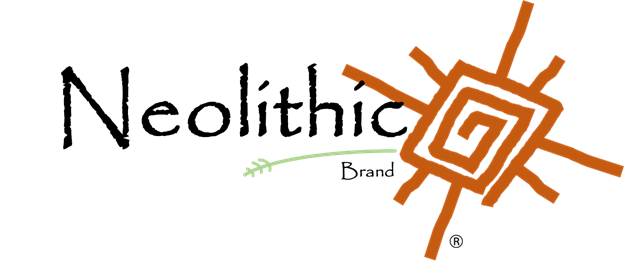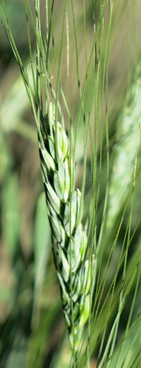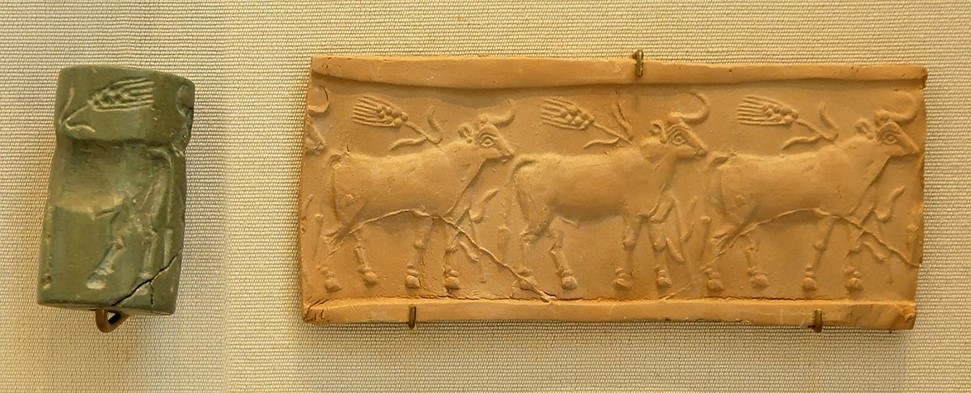
Welcome,
If you are looking for wholesale emmer wheat and spelt, you have come to the right place. At Neolithic brand, we offer the highest quality cleaned and de-hulled spelt and emmer wheat, all from Wyoming’s Bighorn Basin. Our mission is to build a niche industry around these grains that supports growers, providing jobs and enhanced incomes in the local and regional economy.
Thank you for your support!
Wheat is the most widely eaten cereal grain on the planet. About 765 million metric tons are produced every year. The vast majority of this is modern free-threshing varieties. Without these high-yielding modern varieties, it would be hard to feed the world’s population, but the story of wheat is complex and involves millennia of trial and error. Indeed, humans have been eating wheat for at least 20,000 years and for at least half that time, wheat was a wild plant that our hunter-gatherer ancestors either just happened upon, or more likely, helped propagate.
Along about 12,000 years ago, at the end of the last ice age, something happened. We do not know exactly what, but the human relationship with wheat changed, and people started actively cultivating grain. It took a few thousand years to change the species, domesticating it for greater more ease of cultivation and improved yield. These were humanity’s first domesticated plants and our first-grains. They were literally just “one step away from wild” ®

Over the millennia, humans continued to cross breed different varieties of wheat to add characteristics such as increased yield, free-threshing (easier removal of the hulls) and adaptations for different growing environments. However, the pace of change rapidly increased with the introduction of mechanization in the late 19th century and then the introduction of advanced fertilizers and genomics in the 20th century.

Many of these changes are good, having helped avoid starvation for millions of people. However, with all the change, what have we lost? Are there trade-offs with those early types of wheat, those first-grains, that have been left by the wayside? The answer is ‘yes’. Most modern varieties are lower in protein, fiber and nutrients such as potassium, magnesium and phosphorus.
This leaves a market opportunity. Some people will want the cheapest grain they can buy. But some, more health conscious individuals may feel that they want to get back to simpler food and nutrition. They are willing to pay a premium for quality products with enhanced nutrition and traditional flavor and handling characteristics.
If you are one of those people, then you have come to the right place.
What is Emmer wheat?
Emmer wheat (Triticum dicoccum) is one of humanity’s very first domesticated plants (along with einkorn and barley). Recent archeological evidence places its domestication around 12,000 years ago in the Middle East during the Neolithic period. However, humans were baking and brewing with wild wheat for at least two thousand years before that.
This is also why we refer to these grains as ‘first-grains’. They literally were humanity’s first grains.
The domestication of grain and the subsequent shifting lifestyle of humans from hunter-gatherers to farmers has been termed the ‘Neolithic Revolution’, and it can be argued that this change resulted in all of human civilization that we see today. Emmer wheat went on to become the dominant staple grain of the Sumerian, Egyptian, Greek and Roman civilizations.

What is spelt?
Spelt (Triticum spelta) is an ancient cousin of wheat. That is, it is an early off-shoot of domestic wheat. Spelt is thought to be a naturally occurring hybrid of emmer wheat and wild goat grass. Scientists think this hybridization occurred some 8,000 years ago.
Archeological evidence for spelt comes mostly from Europe. The reason for this is not clear, but it was likely introduced to Europe about 6,000 years ago when the first farmers migrated into Europe.
Recent excavations in the southeast of Britain have uncovered a Roman spelt grain malting operation. It appears that the Romans were malting spelt on an industrial scale. More recently, the centers of spelt production have been in central Europe in the Danube river area and in the Rhine valley of eastern France and western Germany.

The Neolithic brand logo with the petroglyph sun and the two marketing slogans are wholly owned registered trademarks of the University of Wyoming.
For more information, contact us at neolithicbrand@gmail.com